
Cockroach sushi? Inside a farming revolution that could cure cancer, compost waste – and shake up menus
Hundreds of cockroach farmers across China are unleashing the insects’ potential in the country’s war on waste, in medicine, and deep or stir-fried
At a facility in the eastern Chinese province of Shandong, 3 billion cockroaches are eating 15 tonnes of kitchen waste each day to solve the long-time environmental problem of what to do with mountains of discarded food.
And as restaurants selling cockroach dishes emerge across China, envisioning a future in which a hated insect can be a solution to human food shortages is becoming a little less difficult.
Growing commercial enthusiasm for cockroaches and a more open attitude to the insects is driving more people into the market and fuelling new ideas for their use.
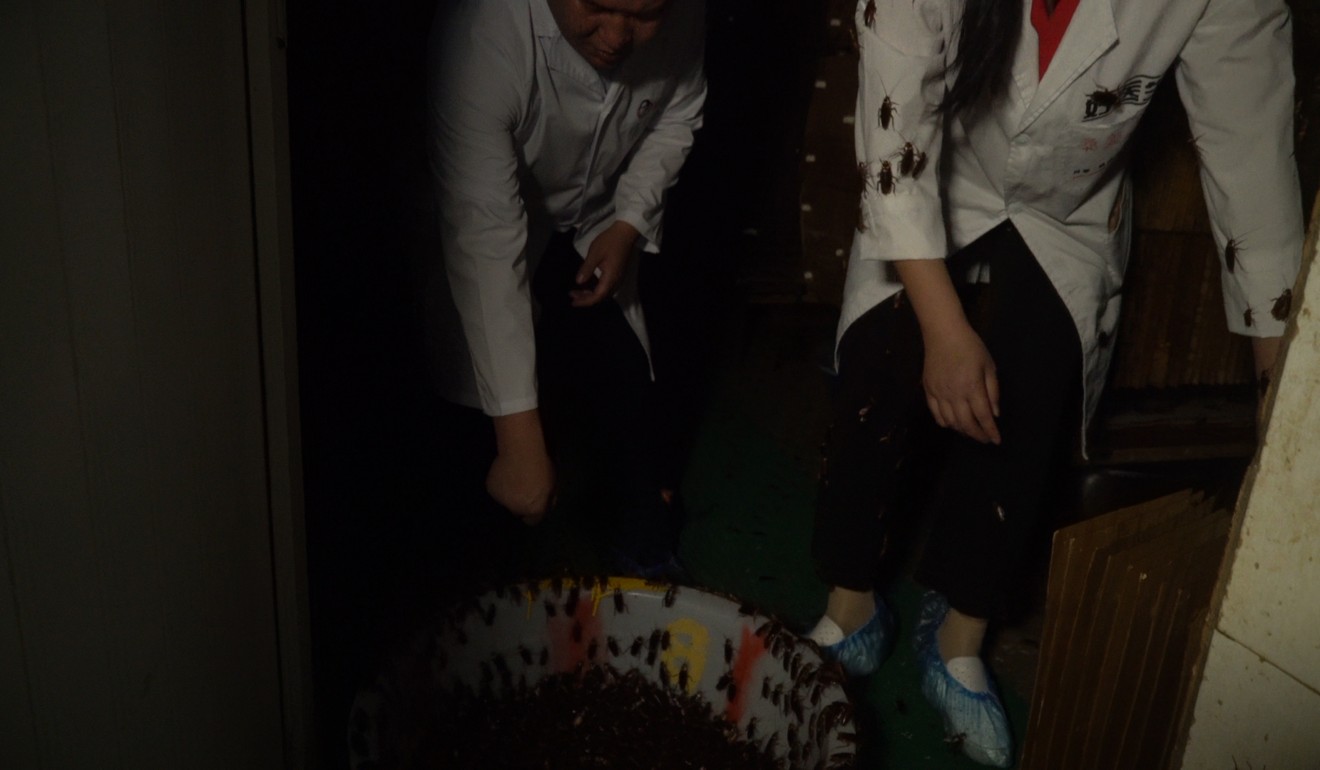
The number of cockroach farmers in Shandong alone has tripled to about 400 in the past three years, according to Liu Yusheng, president of Shandong Insect Industry Association and an entomology professor at Shandong Agricultural University.
“There have been huge developments in cockroach breeding and research in the past few years,” Liu said.
About 2,000km (1,200 miles) away, in the southwestern city of Xichang in Sichuan province, stands a two-storey building in which 6 billion cockroaches are bred to be turned into ulcer-curing drugs.
“This is like a five-star hotel for cockroaches,” said Geng Funeng, chairman of Gooddoctor Pharmaceutical Group, whose facility it is.
Perfectly ordinary-looking from the outside, with nicely maintained lawns and glass outer walls reflecting the sky, a faint odour gives away its purpose – a mixture of mustiness, oiliness and bitterness. It is the distinctive smell of the billions of cockroaches kept inside.
Breeding success
A metre-wide ditch surrounds Gooddoctor’s breeding facility, in which hundreds of carp in the moat wait hungrily to devour any escaping cockroach.
To enter the building, visitors must put on shoe covers and white lab coats. On the first floor, a dimly lit corridor leads to four dark, damp rooms packed with rows of stacked cupboard squares.
Between the cupboard layers are millions of roaming cockroaches – the species Periplaneta americana, the Latin name of the American cockroach.

Cockroaches like dark, narrow spaces, two workers explained as they shook one of the cupboard squares to demonstrate. Hundreds of glistening roaches fell from it into a basin on the floor before crawling quickly onto the workers’ arms, torsos and hair.
Wen Jianguo, the manager of the factory, said he was “more shocked and curious than scared” when he first came to the company 13 years ago.
“I was startled and wanted to learn more about them,” Wen said.

His family has become very supportive of his career since his mother’s long-time stomach pain was cured after taking kangfuxin ye, the potion produced by Gooddoctor, for just a month.
A centralised system keeps temperatures in the breeding rooms at 28 and 33 degrees Celsius (82 to 91 Fahrenheit), and manages conditions including the humidity, air flow, cleanliness and pressure.
Upstairs, a set of giant shiny metal tanks connected to the breeding rooms by pipes kill 6 tonnes of cockroaches at a time with heat and extracts the essence from them.
A versatile cure
Workers operating in aseptic rooms with fingerprint door locks produce over 600,000 bottles of the healing potion each day.
“The effectiveness of cockroaches has been tested by the bodies of our ancestors and proven by lab experiments,” Geng said.

Cockroaches and other insects including scorpions and centipedes have been ingredients in traditional Chinese medicine for thousands of years.
Geng said kangfuxin ye, made entirely from cockroaches, can cure oral and peptic ulcers, skin burns and wounds, and even prevent stomach cancer. Patients can drink the potion to cure ulcers, and apply it externally to skin wounds.
As the drug made its way into thousands of Chinese hospitals over the years, the breeding factory expanded to 12,000 square metres (129,000 sq ft) from a modest 20 square metres two decades ago.
And the company is poised to open a second breeding centre next year which it says will be three to five times the size of the current one, powered by artificial intelligence and big data.

The system, developed with input from Zhejiang University, will minimise the presence of human beings in the production line, it says.
“Humans should right the wrong perceptions they have on cockroaches. They are good insects, not pests,” Geng said.
Environmentally superior?
Across the country, in the countryside of Shandong, hundreds of individual farmers are breeding cockroach eggs and selling the larvae to a handful of bigger companies engaged in drug manufacturing or kitchen waste composting businesses.
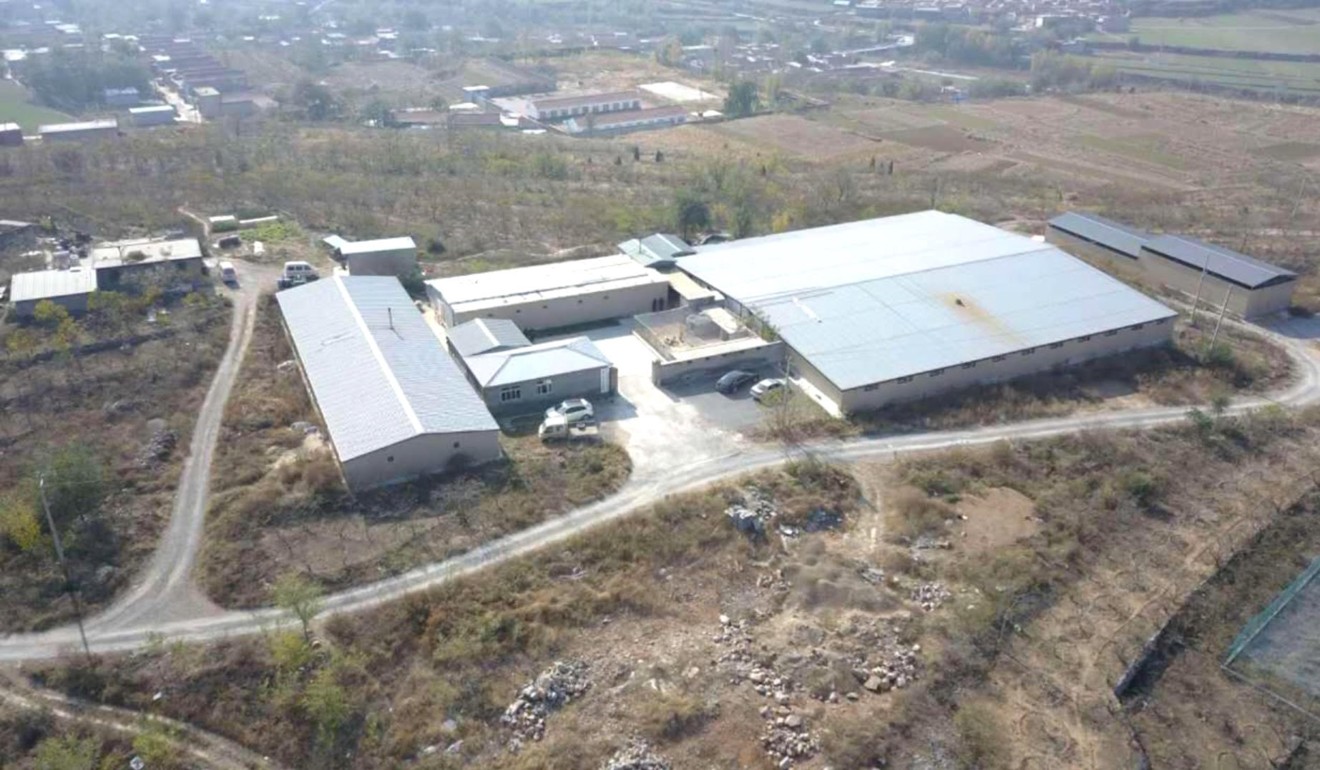
Their pioneer is Li Yanrong, founder of Qiaobin Agricultural Technology, based in Zhangqiu city. Its 3 billion cockroaches eat 15 tonnes – a quarter – of the city’s daily kitchen waste every day.
Cockroaches devour virtually everything, and can consume food weighing up to 5 per cent of their own weight each day, according to Li.
“Cockroaches have been eating plants and organic matter since hundreds of millions of years ago,” he said. “They are experts in waste composting.”
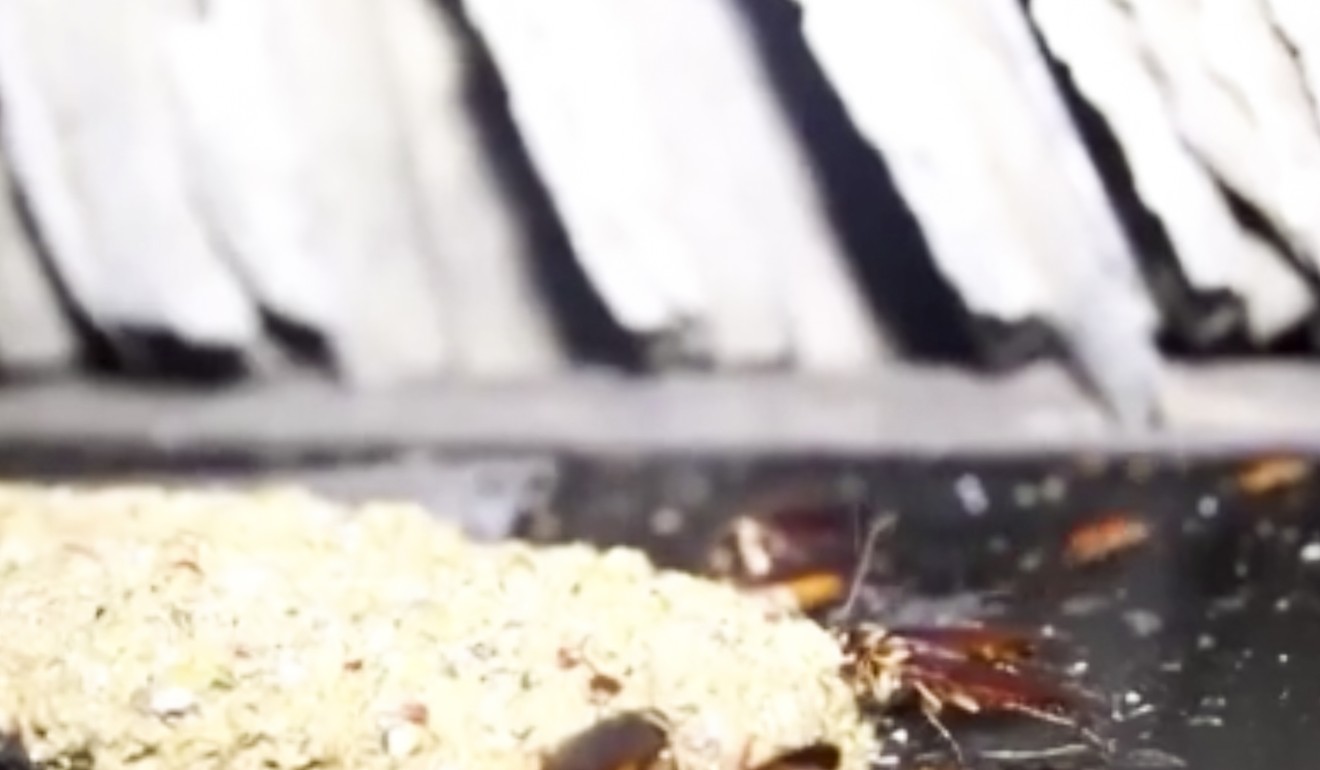
Waste composting by cockroaches is environmentally superior to traditional methods such as burying and burning, it is argued, because it does not create groundwater pollution, greenhouse gas or frustration among residents neighbouring landfill sites.
Insufficient processing of kitchen waste in China has created scope for criminal activities including recycling cooking oil from restaurant waste to sell “gutter oil”, a food safety scandal that has haunted the country for many years.
Baking and milling
“There is no better way of processing kitchen waste than feeding it to cockroaches,” Li said.
Founded seven years ago, Li’s firm will complete construction of a new breeding centre in July.
The new factory will house 4 to 5 billion cockroaches and, Li said, be able to process all of the waste in Zhangqiu city as well as in a few neighbouring city districts.

Its production process will be entirely automated, from breaking the food waste into small pieces and paste to transporting it to a feeding trough to be eaten by the roaches.
“Based on our current rate of expansion, it will take only three to four years for us to process all the kitchen waste in China,” Li said.
Li has discovered even more uses for cockroaches. After they die, his firm bakes and mills them into high-protein powder to be added to chicken feed.
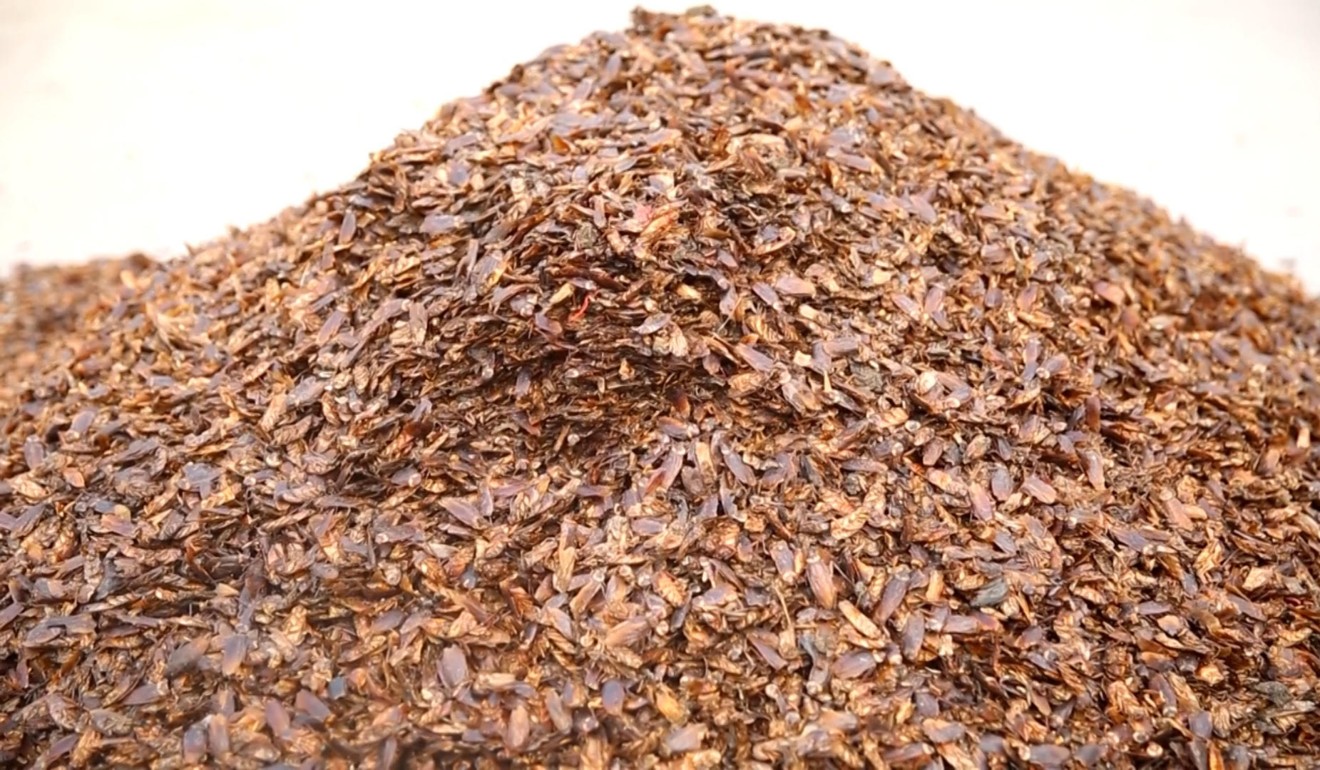
The powder has been found to reduce body fat and boost immunity in the 1,000-plus chickens he has raised, he said.
Cockroaches are more than 60 per cent protein, far exceeding the level of around 20 to 30 per cent in beef and chicken.
Protein-packed
Many have looked into the possibility of cockroaches providing food for humans. Restaurants already sell cockroach dishes in major cockroach-farming provinces, including Shandong, Sichuan and Yunnan, Liu noted.
Moulting cockroaches, which are soft and light yellow in colour, are usually deep-fried or stir-fried and seasoned with spice and salt.
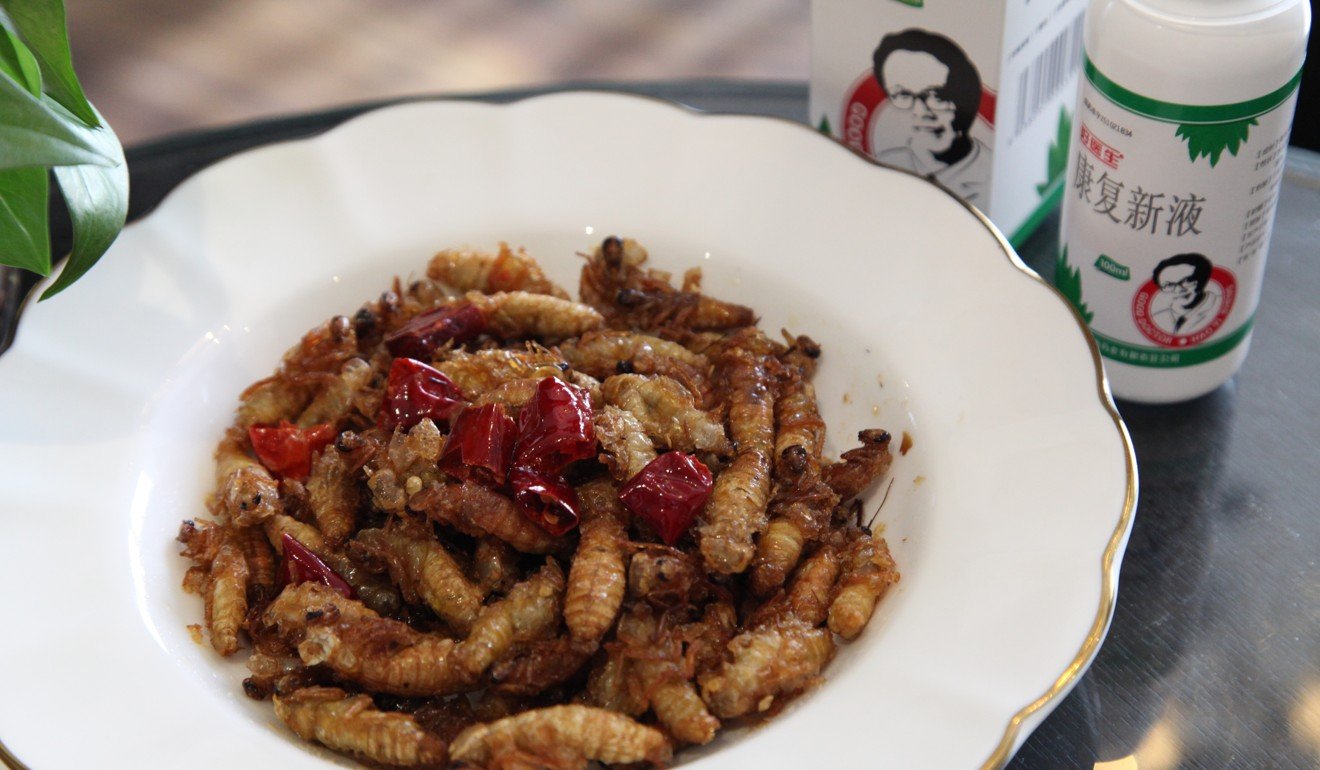
Although nobody has made a commercial venture selling edible cockroaches on a large scale, Liu said he believed businesses would soon make the move.
“They can easily mill the moulting cockroaches and make flour with them,” he said.
The United Nations’ Food and Agriculture Organisation published a report in 2013 suggesting people should start eating insects as one solution to food shortages.
Milk can be made from the Diploptera punctata cockroach, the only variant of cockroach known to give birth rather than lay eggs. It is found mostly on Pacific islands.
A 2016 study by Indian researchers suggested cockroach milk contained more than three times as much energy as milk from cows – although they added that they had no evidence yet that it was safe for human consumption.
Similar ideas have inspired Li Bingcai, a cockroach farmer in Sichuan province’s rural Yibin city who got into the business just two years ago.

“I plan to produce food products like cockroach meatballs and cockroach flour in two years,” Li said. “I’ve always wanted to make food products from the beginning.”
Li now sells 10kg (22lbs) of cockroaches a month to two local restaurants, where cockroaches are made into dishes.
“People were scared of them at first, but now so many are eating them,” Li said. “The taste is special and they are full of protein.”
Modern ways
For Gooddoctor, it took sustained effort over a decade to gain acceptance among doctors trained in modern Western medicine. Researchers at the firm have published dozens of articles about its product in both Chinese and English-language medical journals.
But despite its kangfuxin ye potion having proven effective in treating ulcers and skin wounds, the company has been unable to fulfil modern Western medicine’s requirement to isolate a single active chemical substance from cockroaches, for use in drug manufacturing.
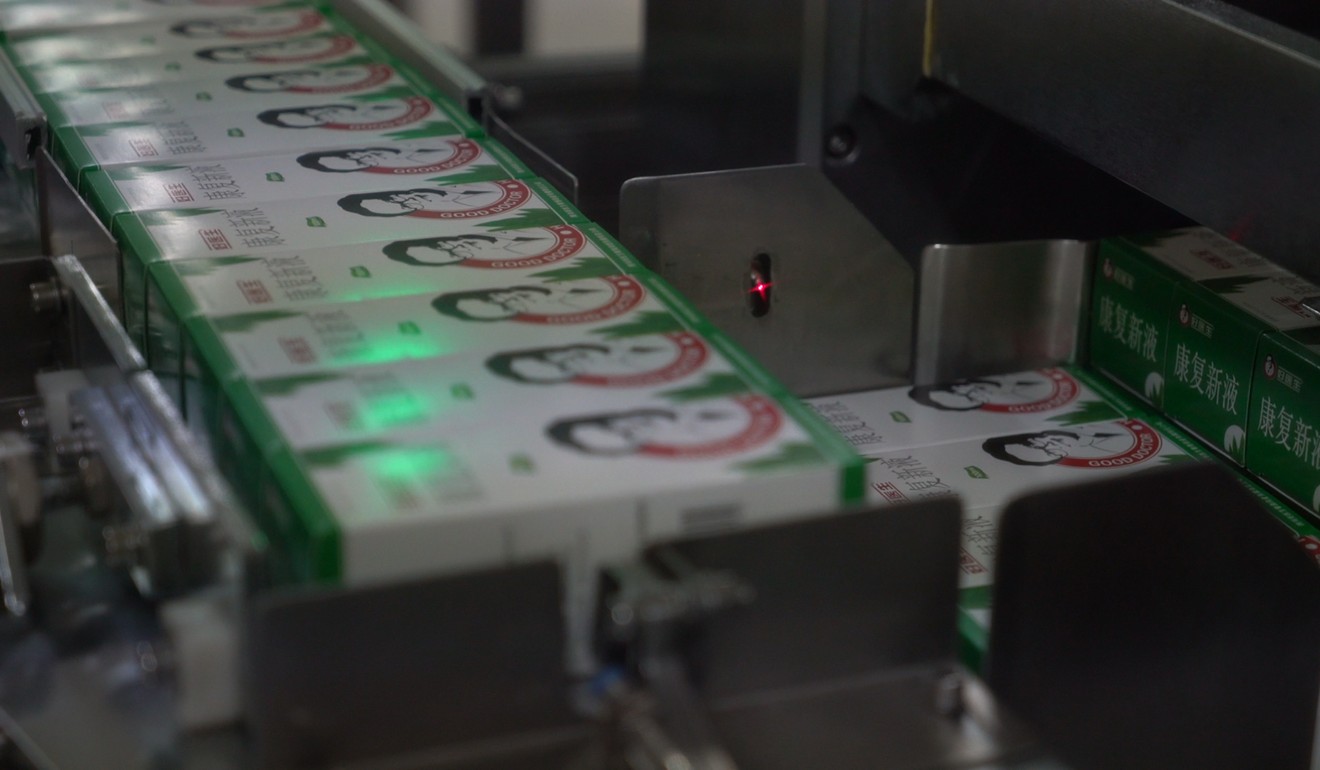
Instead, kangfuxin ye, a prescription drug approved by Chinese medicine authorities, contains multiple compounds extracted from the insects, including various amino acids and peptides.
Geng, Gooddoctor’s chairman, hopes that multiple-substance drugs – such as those used in traditional Chinese medicine – will one day be recognised by the international science community.
“The human body is made of multiple compounds,” Geng said. “So multiple-substance is better than single-substance.”
Changing attitudes
Enthusiasm for the cockroach industry is reaching government level, with local authorities in Zhejiang province having signed contracts with Qiaobin to set up cockroach factories to process kitchen waste.
And Gooddoctor, with over 100 staff in its research and development department, receives millions of yuan of government funding for its research programmes each year.
Government attitudes towards the cockroach industry has “transformed from indifference to recognition and approval” over the past few years, Liu said.
This was partly driven by mounting pressure to address waste and pollution problems, he said.
There is a history of insects’ acceptability as ingredients for Chinese medicine, as pets, and even as food. Yet in selling the idea to the general public, especially those living in big cities, there is still a way to go.
That, for the pioneers in this evolving field, remains the next frontier.

